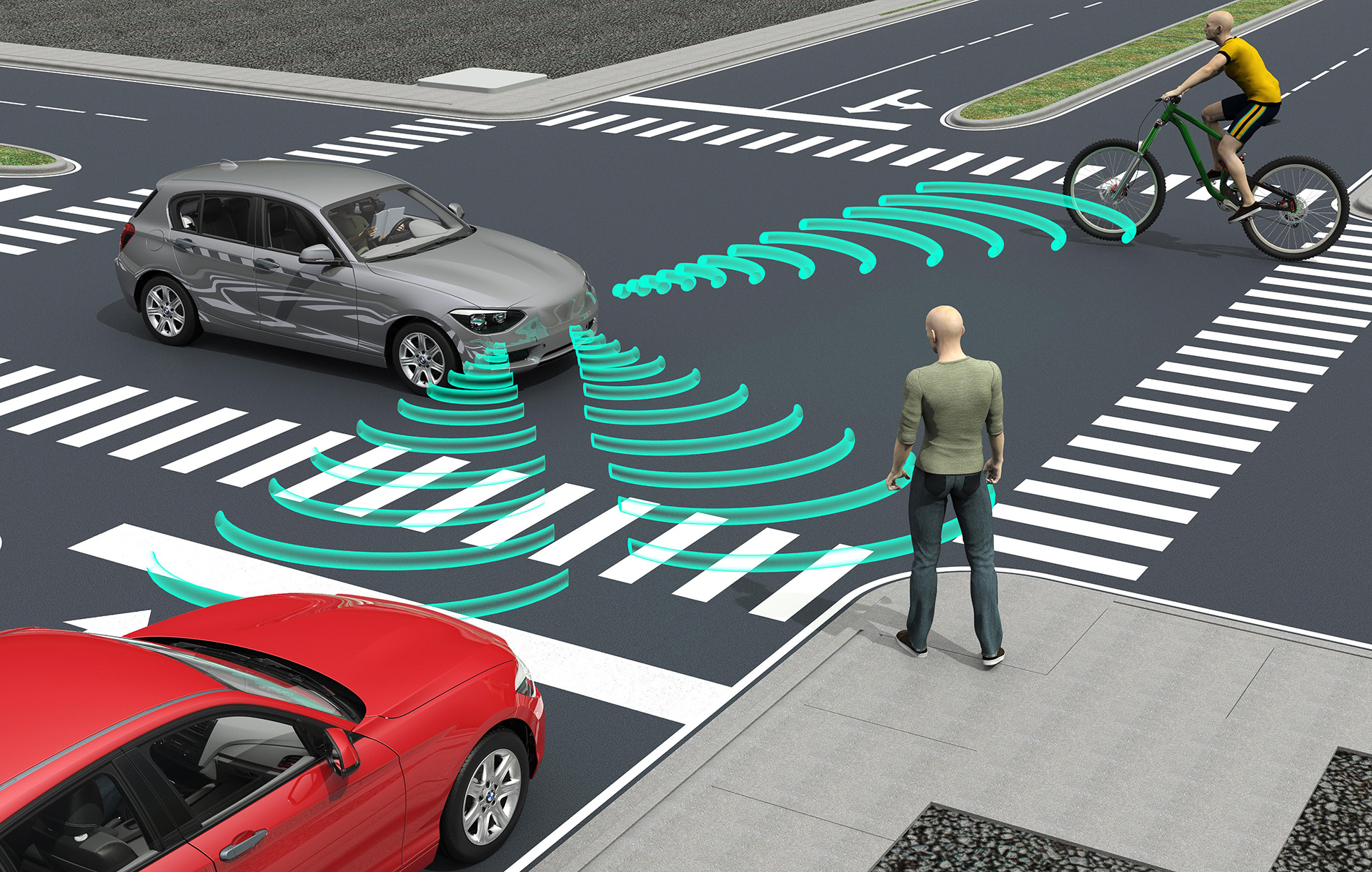“We adapt and improve technological advances in perception and decision-making for the operation of connected and automated vehicles”
We develop decision-making algorithms to interact with vulnerable road users in complex urban environments, and non-standard and unstructured road conditions with our automated Twizys
We work with 10 other European organisations to achieve robust and reliable object perception, especially for vulnerable road users in complex urban traffic and adverse weather or low visibility conditions. In the EU-funded EVENTS initiative, we adapt and improve technological advances in perception and decision-making for real-time operation of connected and automated vehicles in complex environmental conditions and urban environments.
Cars are moving towards ever higher levels of automation in the task of driving. Clearly establishing the operating conditions from the outset helps to speed up the definition of requirements and designs.
This makes it easier to deal with complex situations in which the normal operation of the connected and automated vehicle is about to be disrupted, e.g. due to dynamic changes in traffic, adverse weather or lighting conditions, poor road conditions, imperfect data, sensor and/or communications failures, etc.
These situations are called "events" and are creating challenges for such vehicles; challenges that must be overcome to enable safe and reliable automated driving.
Challenges of automated driving
- Perception in complex urban environments, particularly in the interaction with vulnerable road users (non-motorised users, such as pedestrians and cyclists, as well as motor cyclists and people with disabilities or reduced mobility and orientation)
- Perception in adverse weather and low lighting conditions
- Perception under (partial) occlusions
- Accurate prediction of road user trajectory for safe decision-making
- Use of connectivity to improve the accuracy, certainty and reliability of perception
- Reducedcosts for the required sensor arrays
- Real-time decision-making and movementplanning, especially in uncertain situations
- Self-assessment of perception and localisation systems

